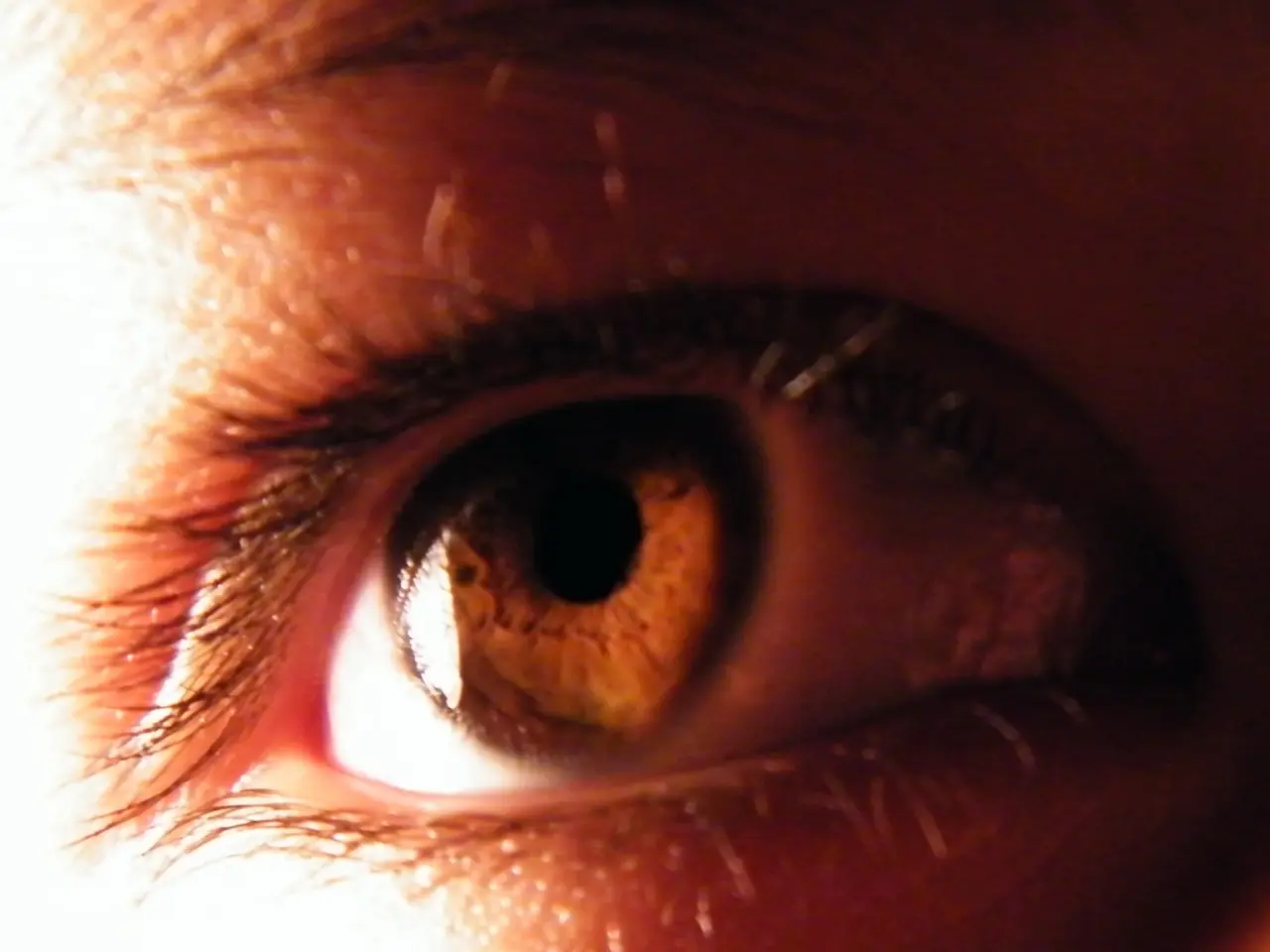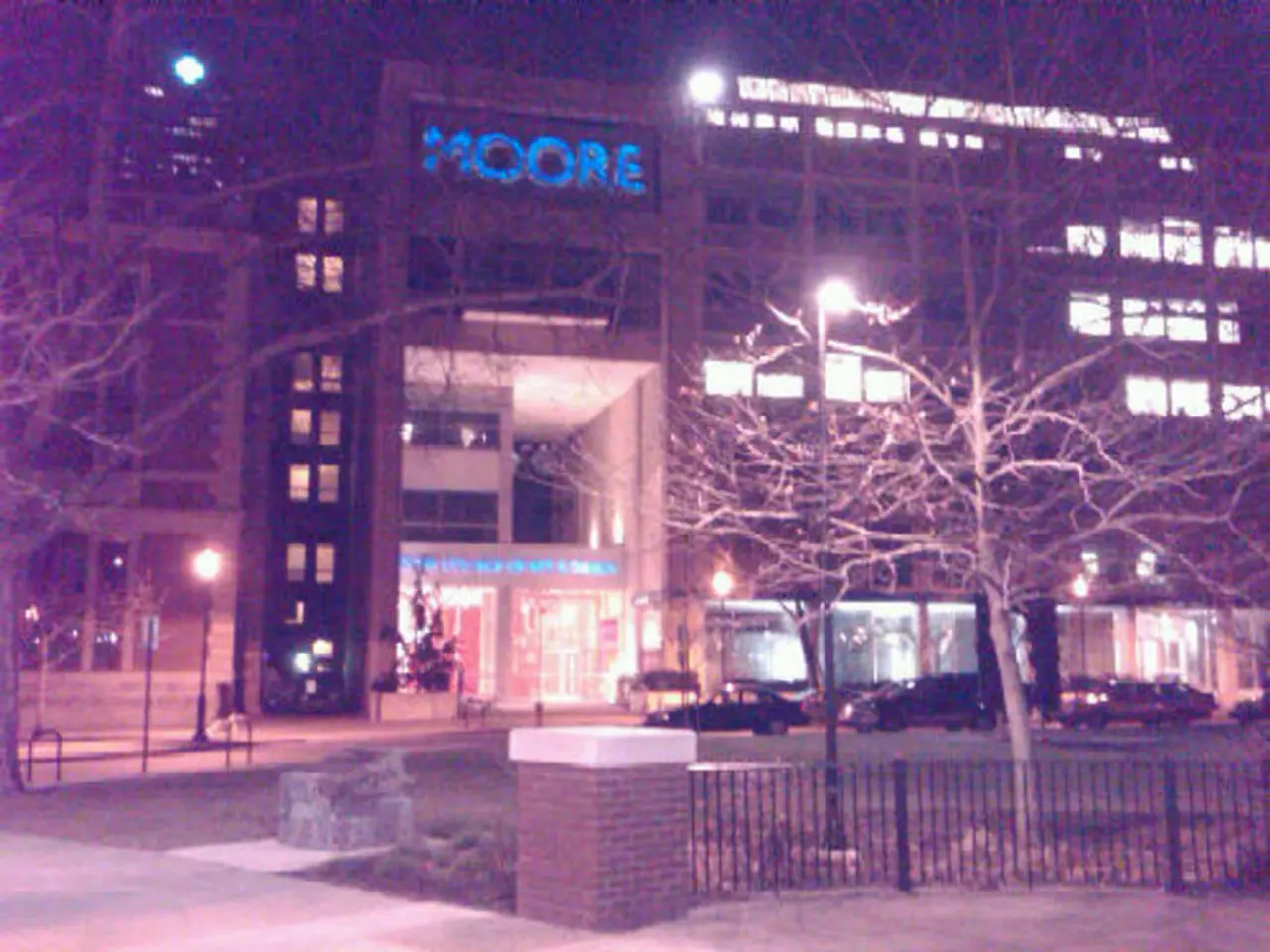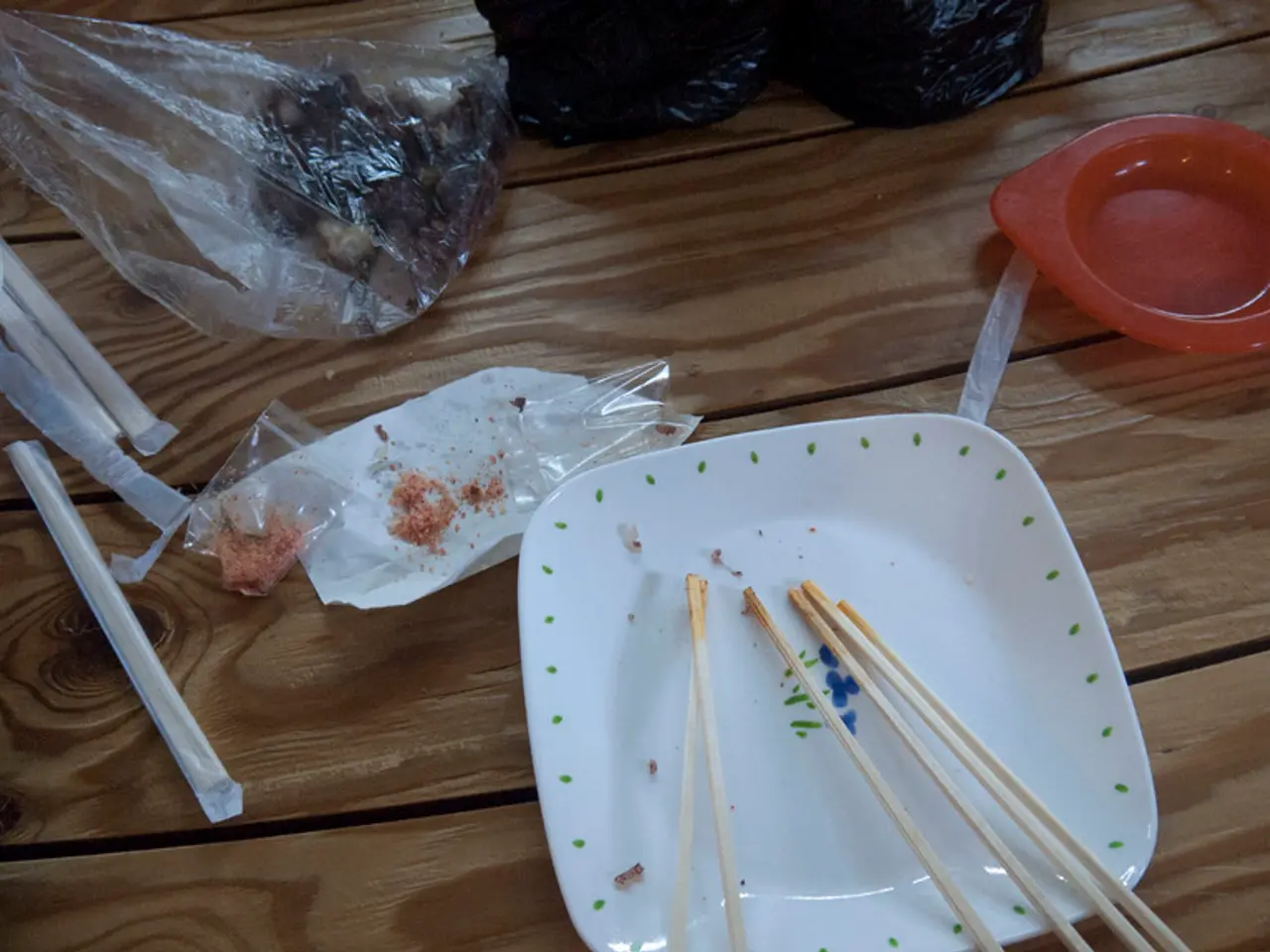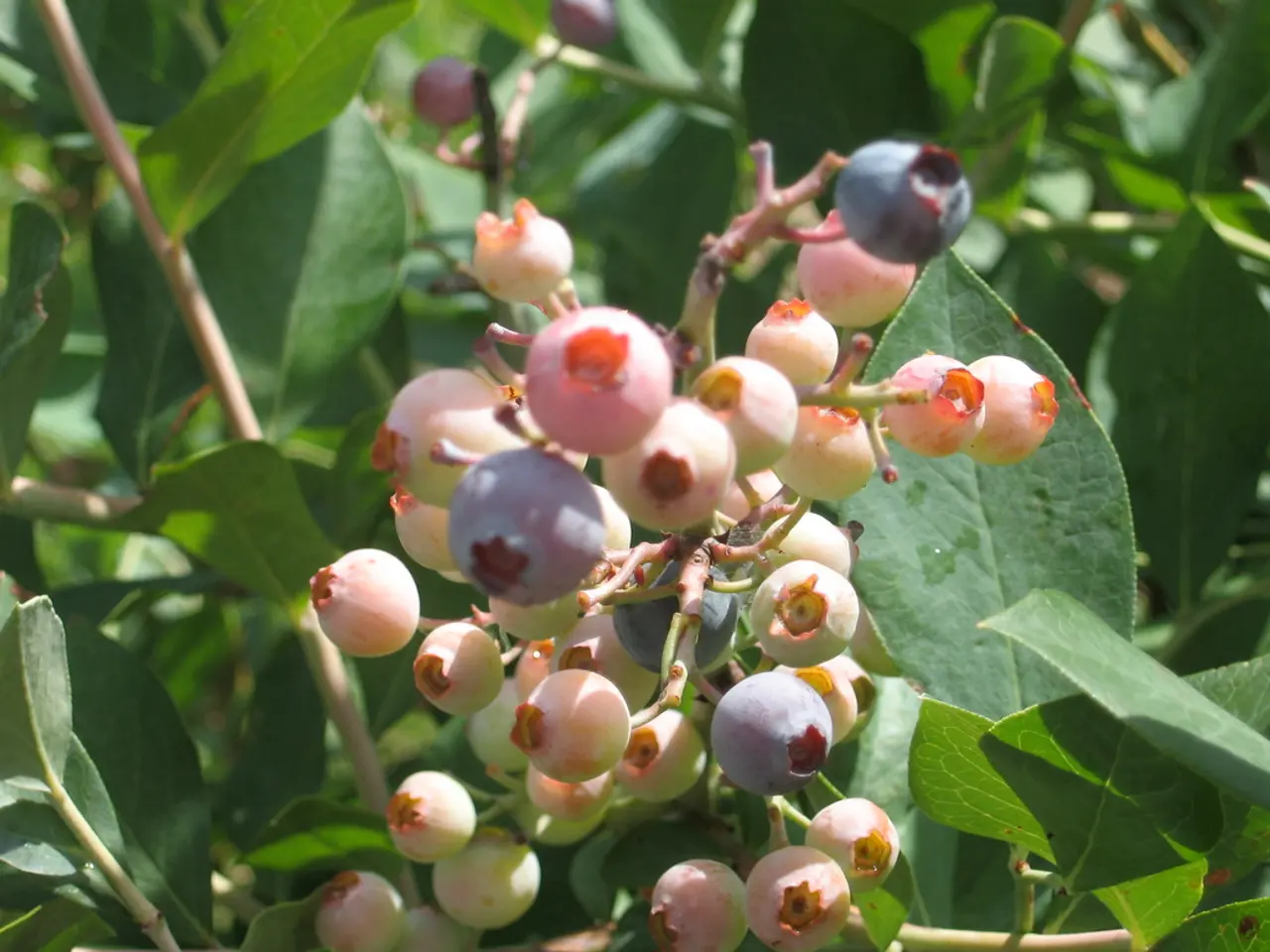Scalp flaking in eyebrows: Root causes, medical interventions, and home cures
Chronic eyebrow dandruff can be a persistent and bothersome issue, but there are effective treatment options available. This article provides a detailed guide on managing chronic eyebrow dandruff, focusing on the underlying causes, treatment options, and preventative measures.
Treatment Options
Effective treatment for chronic eyebrow dandruff primarily targets underlying causes such as seborrhoeic dermatitis and fungal overgrowth, particularly the Malassezia yeast. Here are some treatment options to consider:
Topical Antifungal Agents
Topical antifungal agents, such as ketoconazole and ciclopirox, are commonly used to reduce Malassezia growth, which contributes to dandruff and seborrhoeic dermatitis. These can be applied carefully on eyebrow areas as advised by a healthcare provider [1][3].
Anti-Inflammatory Agents
Low-potency corticosteroid creams or topical calcineurin inhibitors (e.g., tacrolimus or pimecrolimus) can help reduce inflammation if the skin is irritated or inflamed [1][4].
Regular Gentle Cleansing
Frequent washing with mild cleansers or medicated shampoos can help prevent scale build-up while avoiding harsh detergents or chemical irritants that worsen irritation [1].
Natural Remedies
Tea tree oil (usually a 5% formulation) has antimicrobial properties effective against dandruff-causing yeast and may help with eyebrow dandruff if used cautiously to avoid irritation [1][2].
Phototherapy
Ultraviolet light treatments (UV-A, UV-B, LED light) have been used to inhibit Malassezia growth and reduce inflammation in seborrhoeic dermatitis, though application near eyes requires caution and professional supervision [1].
Avoid Irritants
Avoid harsh grooming, chemical irritants, or cosmetics that can exacerbate skin sensitivity around the eyebrows [1].
Underlying Causes to Consider
Seborrhoeic Dermatitis
The most common cause of eyebrow dandruff, seborrhoeic dermatitis is characterized by inflammation and flaky scaling in sebaceous gland–rich areas like eyebrows and scalp [1][4].
Fungal Overgrowth
Overgrowth of Malassezia yeast is implicated in seborrhoeic dermatitis and dandruff [1][2].
Other Causes
Dry skin, contact dermatitis from cosmetics or skincare products, psoriasis, or other dermatological conditions can also cause flaking in the eyebrow area and should be evaluated by a dermatologist if symptoms persist or worsen [4].
Summary
For chronic eyebrow dandruff, a combination of topical antifungal treatments (ketoconazole or ciclopirox), anti-inflammatory agents, gentle cleansing habits, and possibly tea tree oil are effective. Identifying and addressing underlying causes such as seborrhoeic dermatitis or skin irritation is essential. Consulting a healthcare professional is recommended to tailor treatment and rule out other causes if persistent.
Caution: Treatments near eyes should be used carefully to avoid irritation or damage. Prescription-strength shampoo treatments containing compounds like ketoconazole or selenium sulfide may be recommended by a dermatologist for severe cases. Contact dermatitis is a skin reaction to an allergen or irritant in products such as shampoo, conditioner, makeup, or the detergent used on a hat or headscarf.
- Topical antifungal agents like ketoconazole and ciclopirox are useful for reducing Malassezia growth, which contributes to dandruff and seborrhoeic dermatitis in the eyebrow area.
- Low-potency corticosteroid creams or topical calcineurin inhibitors (such as tacrolimus or pimecrolimus) can help reduce inflammation if the skin around the eyebrows is irritated or inflamed.
- Regular gentle cleansing with mild cleansers or medicated shampoos can help prevent scale build-up and reduce the incidence of chronic eyebrow dandruff.
- Tea tree oil, especially a 5% formulation, has antimicrobial properties that are effective against dandruff-causing yeast and may help with eyebrow dandruff if used cautiously to avoid irritation.
- Ultraviolet light treatments like UV-A, UV-B, and LED light have been used to inhibit Malassezia growth and reduce inflammation in seborrhoeic dermatitis, but application near the eyes requires caution and professional supervision.
- Harsh grooming, chemical irritants, or cosmetics that exacerbate skin sensitivity around the eyebrows should be avoided to prevent chronic eyebrow dandruff.
- Seborrhoeic dermatitis, characterized by inflammation and flaky scaling in sebaceous gland–rich areas like eyebrows and scalp, is the most common cause of eyebrow dandruff.
- Overgrowth of Malassezia yeast is implicated in seborrhoeic dermatitis and dandruff.
- Dry skin, contact dermatitis from cosmetics or skincare products, psoriasis, or other dermatological conditions can also cause flaking in the eyebrow area and should be evaluated by a dermatologist if symptoms persist or worsen.
- A combination of topical antifungal treatments, anti-inflammatory agents, gentle cleansing habits, and possibly tea tree oil are effective for treating chronic eyebrow dandruff.
- Identifying and addressing underlying causes such as seborrhoeic dermatitis or skin irritation is essential when dealing with chronic eyebrow dandruff.
- Consulting a healthcare professional is recommended to tailor treatment and rule out other causes if persistent.
- Prescription-strength shampoo treatments containing compounds like ketoconazole or selenium sulfide may be recommended by a dermatologist for severe cases of chronic eyebrow dandruff, but treatments near eyes should be used cautiously to avoid irritation or damage.




